Placental grading

The Grades of Placenta Maturity
Placental grading (Grannum classification) refers to an ultrasound grading system of the placenta based on its maturity. This primarily affects the extent of calcifications. In some countries, the use of placental grading has fallen out of obstetric practice due to a weak correlation with adverse perinatal outcome 5.. Mismatched grades for gestational age are considered abnormal.
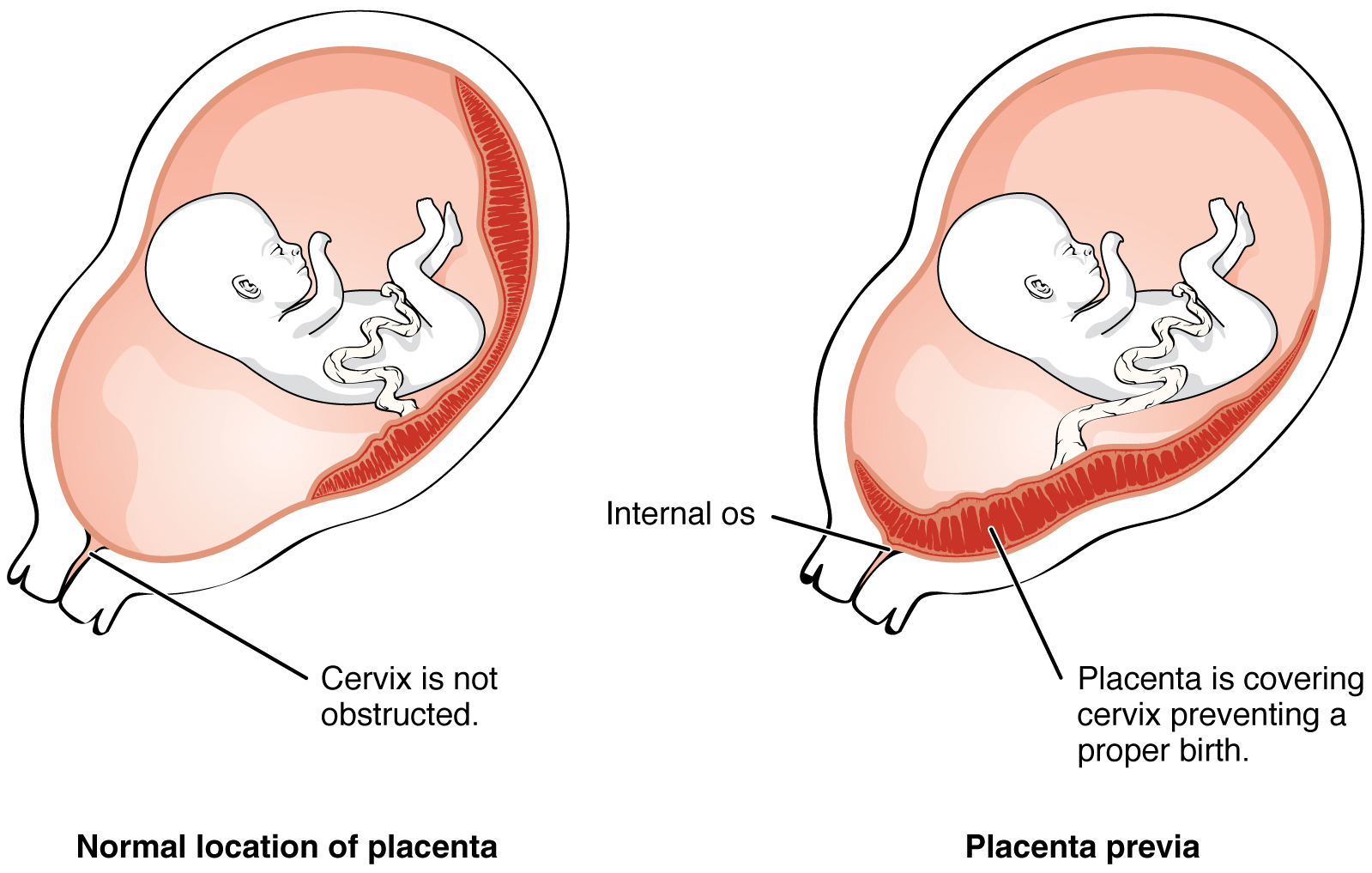
Embryonic Development · Anatomy and Physiology
Placenta Grade. Grading of the placenta can be done by ultrasound and by looking and how much calcifications there are in the placenta. A grade 3 placenta, for example, is normal at 40 weeks. But if too many calcifications are seen early in pregnancy, it can indicate that the placenta is aging too rapidly. This can happen in high blood pressure.

PLACENTA GRADE 3 4 YouTube
The Grades of Placenta Maturity. 5 minutes. The grades of placenty maturity range from 0 to III and knowing them helps us to determine the state of well-being of the fetus. The grades of placenta maturity are evidenced through pregnancy ultrasound. Throughout this test, the physician evaluates the physiological modifications or the appearance.

Placental grading
Placental grading (Grannum classification) refers to an ultrasound grading system of the placenta based on its maturity. This primarily affects the extent of calcifications. In some countries, the use of placental grading has fallen out of obstetric practice due to a weak correlation with adverse perinatal outcome 5.. Mismatched grades for gestational age are considered abnormal.

Basic structure of the placenta showing maternal and fetal sides and... Download Scientific
At the time of delivery, evidence of placental calcification has long been associated with fetal distress in labor ().With the introduction of ultrasound in obstetrics, differences in placental textures and their significance have intrigued generations of ultrasonographers.
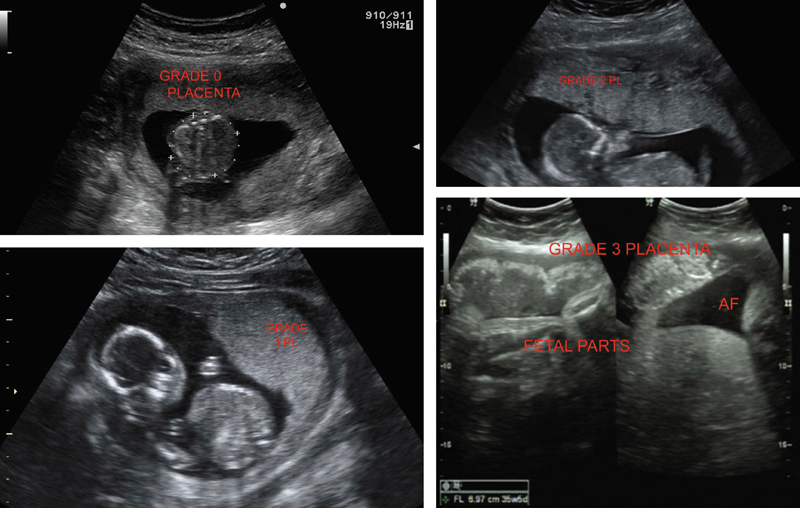
Placenta Radiology Key
A: A grade 3 placenta only ensures a mature fetus, which occurs at term and in case seen too early the baby could be smaller than usual, or the mother may have high blood pressure. So if neither of this is present, you really don't have to worry much. My wife is pregnant and one week due to enter into the 8th month.
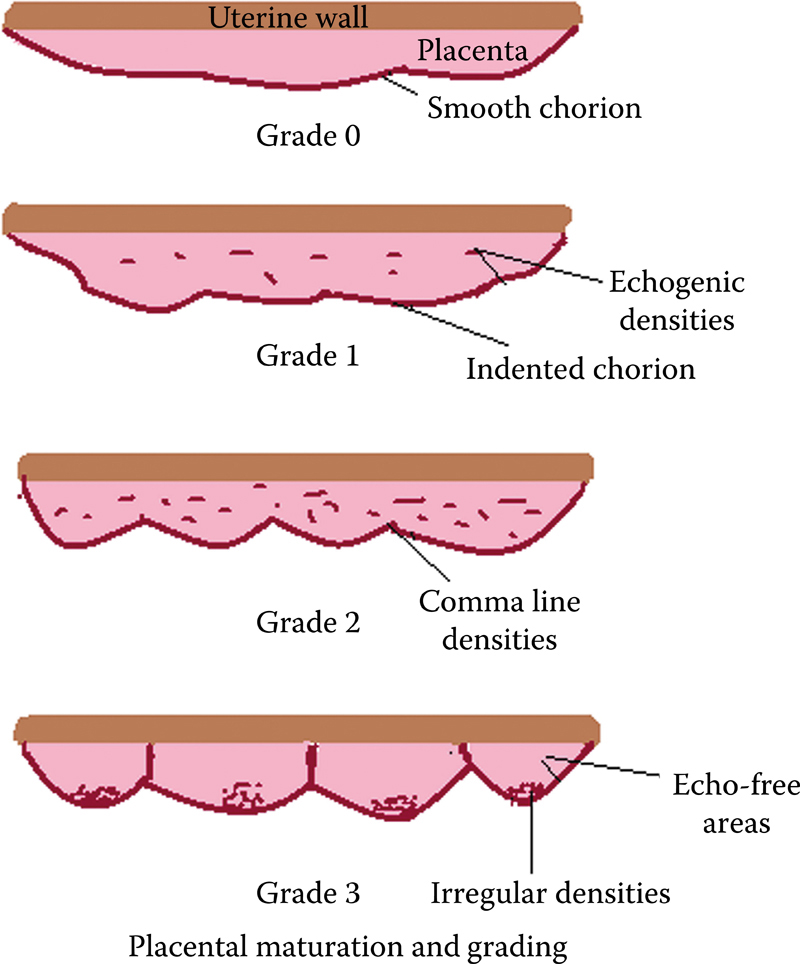
Placenta Radiology Key
However, if you reach placenta grade 3 maturity before 36 weeks, also called preterm placental calcification, it can sometimes prevent the placenta from functioning efficiently and put your baby's health at risk. When calcification starts is important. The earlier calcification starts, the higher the chances that you reach placenta grade 3.

Anterior Placenta during Pregnancy
Background: To assess whether the presence of grade 3 placenta <36 weeks of pregnancy is associated with adverse perinatal outcomes. Methods: Retrospective cohort study in which patients were separated into the following three groups: I. grade 3 placenta <36 weeks, II. grade 3 placenta >36 weeks, III. no occurrence of grade 3 placenta throughout pregnancy.
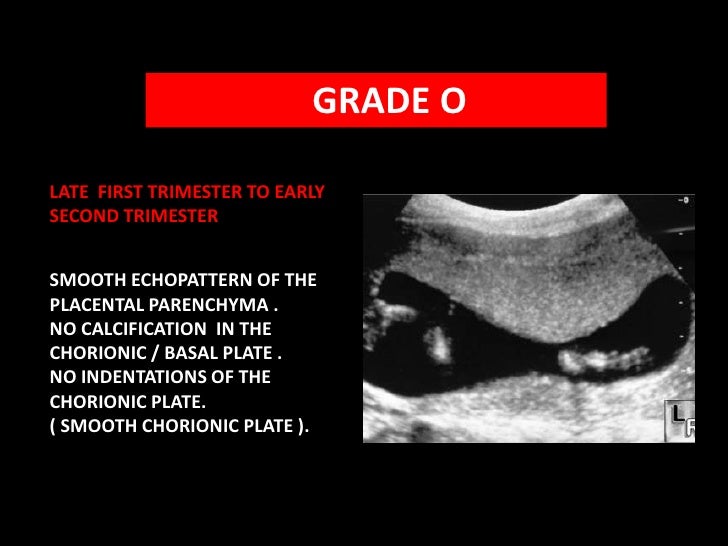
Placental grading
What is an anterior placenta grade 3 maturity, and what implications does it have for pregnancy? • Learn about the mysterious anterior placenta grade 3 matur.

PPT Placental US PowerPoint Presentation, free download ID3356735
Grade 3 Placenta. S. Samanthaleigh99. Jul 15, 2018 at 2:54 PM. So I went for a growth scan last week (Tuesday) when I was 33 weeks. I just viewed the report today online because it just became available. I apparently have a grade 3 placenta. My doctor hasn't called me to inform me of it or anything, and I won't see her until Thursday.

Placental Grading On Ultrasound Grade 0, 1, 2, 3 Placenta USG YouTube
PAS includes all grades of abnormal placentation and is used as the basis for the development of a new clinical classification proposed by the FIGO 12: (1) Grade 1 - Abnormally adherent placenta (PC) when the villi adhere directly to the myometrium without a decidual interface. (2) Grade 2 - Abnormally invasive placentation (PI) when the.

Placenta de grade III de maturité selon Grannum
Understanding Grade 3 Placenta and Its Impact on Pregnancy • Discover the importance of a Grade 3 placenta in pregnancy! Join us as we explore what it means,.

Placenta Definition, Anatomy and Functions
In a study of 2000 unselected pregnant women the development of a mature placental appearance (grade 3) on ultrasonography by 34-36 weeks' gestation, observed in 15% of cases, was associated with maternal smoking, low parity, low maternal age, and being white. These women had an increased risk of problems during labour and their babies had an.
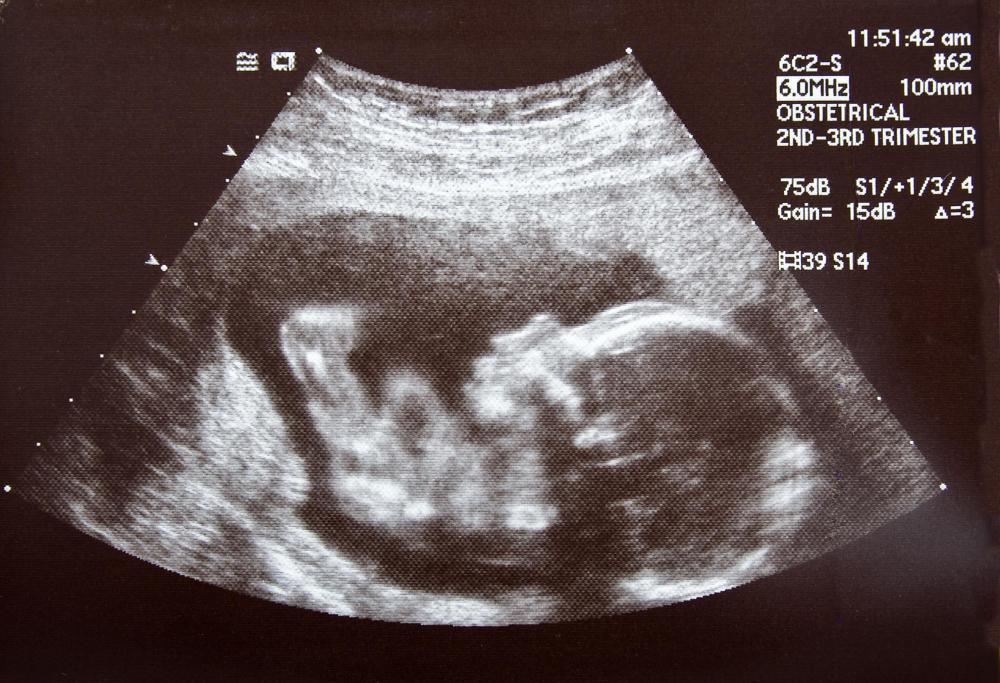
What Are Placenta Grades? (with pictures)
By 14-15 weeks—Placenta is well established. Prominent hypoechoic retroplacental area composed of decidua, myometrium, and uterine vessels. Normal-term placenta measures 15-20 centimeters in length and 400-500 grams in weight at term Maximum—4-5 centimeters in thickness. Thin placenta —Small for date fetus.

Placental grading
During a one-year study period, placental grading was evaluated in 1709 scans performed at 27 weeks' gestation or after. At 40 weeks' gestation or beyond, only about 20% of placentas had extensive calcification (Grannum grade 3). Significant placental calcification was rarely seen before 37 weeks' gestation. Placental grading could not be used.

Grade 3 placenta Obstetric ultrasound, Ultrasound, Celestial
Placental Grading On Ultrasound | Grade 0, 1,2,3 Placenta USGIntro: 0:00Grade 0: 0:09Grade 1: 1:35Grade 2: 2:54Grade 3: 3:49Outro: 4:53You can support our wo.